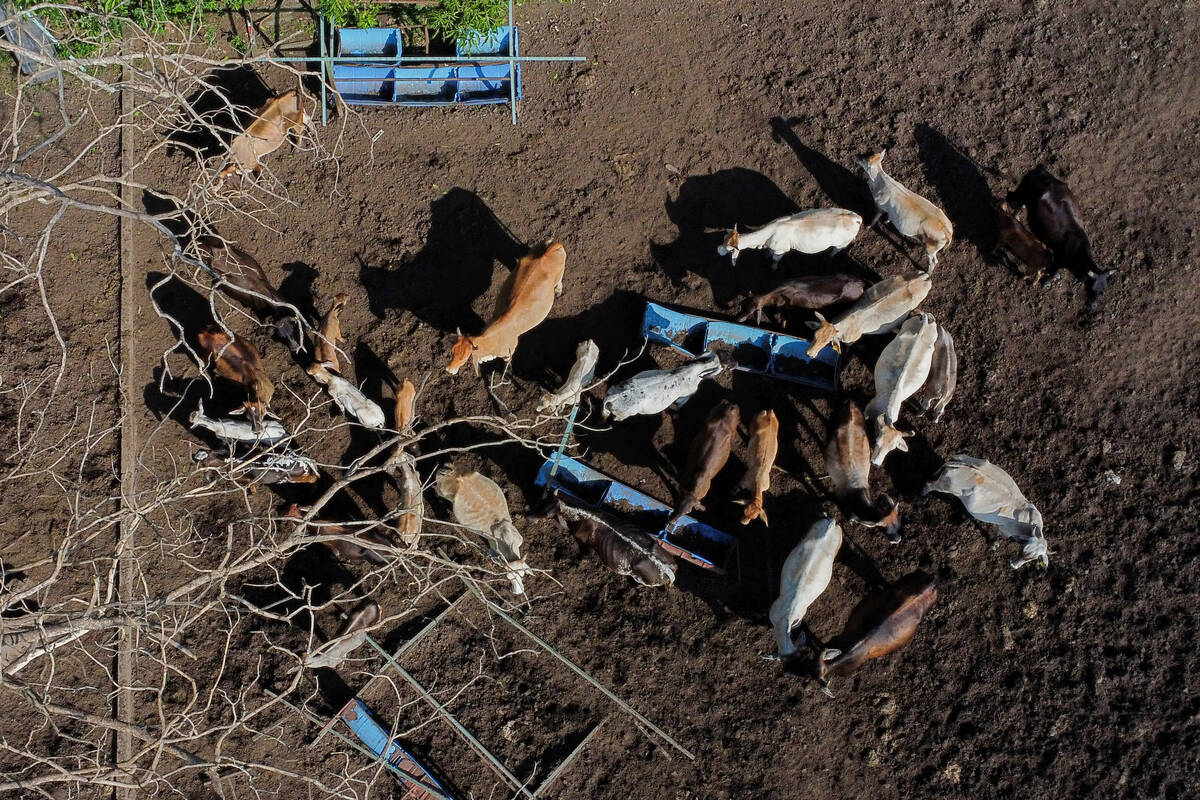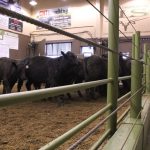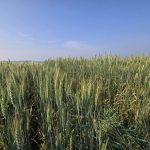TORONTO — Many food safety crises have led to better regulations.
“We tend to be reactive,” said researcher Alexandra Calle with the International Center for Food Industry Excellence at Texas Tech University.
Too often failures to detect serious bacteria like listeria or E. coli have sickened and in some cases, killed people.
The largest listeria outbreak in the world occurred in South Africa in 2013 and resulted in sweeping changes to food inspection in that country.
More than 1,000 people got sick and 216 died in an ongoing outbreak starting in January 2013 from processed meat produced at Enterprise Foods, a subsidiary of Tiger Brands.
Read Also

Cattle smuggling worsens outbreak in Mexico
Cattle being smuggled across Mexio’s southern border are making a screworm outbreak much more difficult to control.
“The longer they took, the more people got sick and were dying,” she said at a Canadian Meat Council conference on food safety held earlier this year in Toronto.
“This outbreak went on for so many months. It was a contamination failure,” she said.
Later analysis of the crisis showed poor communication among officials and no clear definition of duties. Inspectors did not have adequate training and HACCP control standards were not required for the meat industry. There was no clear guidance or laws for listeria control for the food industry.
Listeriosis became a notifiable condition for the first time and new rules were established.
Food borne pathogens are analyzed on an international level.
A report released in October from the Food and Agriculture Organization of the United Nations and World Health Organization said infections due to STEC (Shiga toxin-producing E. coli) cause more than one million illnesses and 128 deaths annually based on 2010 estimates.
STEC are referred to as the pathogen causing food borne illness.
Outbreak data collected from 1998 to 2017 linked beef to E. coli sources in 16 percent of cases, produce at 15 percent and dairy products at six percent.
Many of the cases were linked consuming raw or undercooked meat.
“Produce is not naturally carrying this pathogen but has been contaminated in one way or another by the animals,” she said.
Calle’s work has examined national patterns for E. coli infections.
There is a higher rate of E.coli 0157 in the northern United States as well as northern European countries like Germany and Netherlands. In the southern hemisphere, the southerly region of Argentina has higher rates of this bacteria with 200-400 cases per year.
“There is no explanation as to why the northern or southern hemispheres have higher incidences,” she said.
“Most is found in the summer on the hides,” she said.
Mexico and Columbia appear to have a low E. coli prevalence but higher amounts of salmonella.
Columbia hopes to export beef to the U.S. It is using food safety regulations that follow the U.S. requirements even though Columbia does not have the same conditions.
Recently, Roslin Technologies at the University of Edinburgh released an E. coli vaccine that is added to feed to reduce the pathogen load.
Efficacy tests are ongoing in Europe and are scheduled for later in Nebraska.
“The aim to reduce the concentration of the micro-organism in the animal,” she said.















